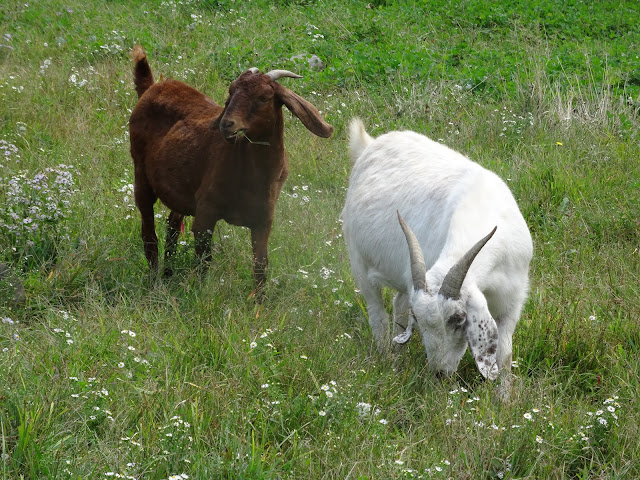When farming according to or consistent with nature, one of the first steps is real-time monitoring the plant growing seasons for- based on weather patterns for the farm. Another is real time monitoring of soil texture- as part of creating and sustaining healthy soil with adequate moisture and full of microflora as nature intended for plant growth. Here using simple technique of soil sedimentation (i.e place soil sample in a jar, add water, shake and let settle)- we have determined the soil texture as shown in the photographs below. We used two jars of different volumes (small and large) to minimize variation due to volume, if any. Glass Jar A- small size Glass Jar B - large After 48 - 72 hours settling, we identified the clay, silt and sand layers (marked as shown). Then by measuring total length, and intervals between the layers, we calculated the percent clay, silt and sand. Then, using thee percent values in soil texture triangl...







